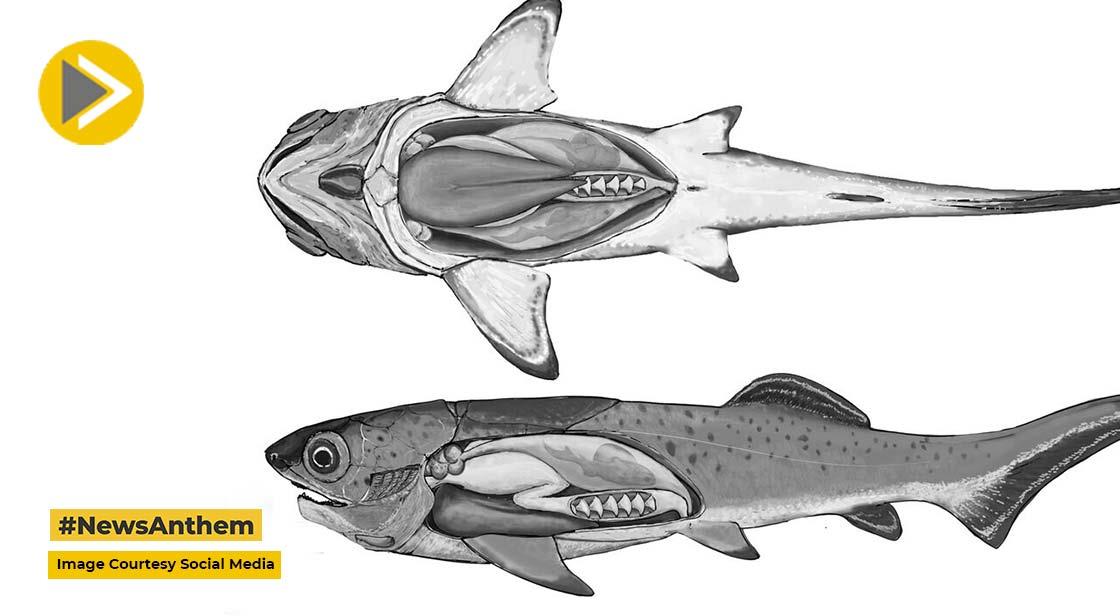world's Oldest Heart Discovered In A Prehistoric Fish

News Synopsis
Researchers discovered a preserved heart from a prehistoric fossil fish that was 380 million years old. The specimen is believed to capture a pivotal moment in the evolution and function of the blood-pumping system found in all backboned animals, including humans.
The Gogo fish, which was now extinct, had the heart. The discovery that was "jaw-dropping", published in Science, was made by Western Australia.
BBC News spoke to Prof Kate Trinajstic, Curtin University's lead scientist. She described the moment she and her colleagues realized they had made the most important discovery of their lives.
"We were crowded around the computer and recognized that we had a heart and pretty much couldn't believe it! It was incredibly exciting," She said.
Usually, it is bones that turn into fossils. But at this Kimberley location, called the Gogo rock formation, minerals have preserved many internal organs of the fish, including the stomach and heart. Prof Trinajstic said, "This is a crucial moment in our own evolution,"
"It shows our body plan, which we can see for the first time in fossils." Professor John Long, Flinders University, Adelaide, was her collaborator and described the discovery as "a mind-boggling, jawdropping discovery".
He said, "We have never known anything about the soft organs of animals this old, until now," Platoroms are a group of prehistoric fish that includes the Gogo fish. These fish were the first to have teeth and jaws. They were smaller than fishes of 30 cm, but placoderms can grow to as much as 29.5ft (9m) long.
Placoderms, the dominant life form on the planet for 60 million years and more than 100 millions years prior to the arrival of the dinosaurs, were the most common species.
Scans of the Gogo fossil fish showed that the heart was complex for such primitive fish. It had two chambers, one on top of the other, which was similar to the human heart. Researchers believe this was the key step that made it a faster-moving predator and a slower-moving fish.
You May Like









